Species Photo Gallery for Sanctanus aestuarium No Common Name 5 |
 | Photo by: Kyle Kittelberger
Dare Co.
Comment: open woodland, with pines and other shrubs around |  | Photo by: Kyle Kittelberger
Dare Co.
Comment: open woodland, with pines and other shrubs around |
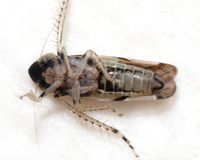 | Photo by: Kyle Kittelberger, Brian Bockhahn, Paul Scharf
New Hanover Co.
Comment: marsh grass: black needlerush, spartina, etc.; male | 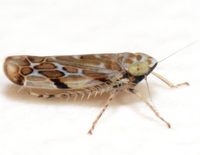 | Photo by: Kyle Kittelberger, Brian Bockhahn, Paul Scharf
New Hanover Co.
Comment: marsh grass: black needlerush, spartina, etc.; male |
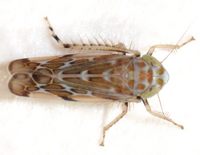 | Photo by: Kyle Kittelberger, Brian Bockhahn, Paul Scharf
New Hanover Co.
Comment: marsh grass: black needlerush, spartina, etc.; male |

 »
»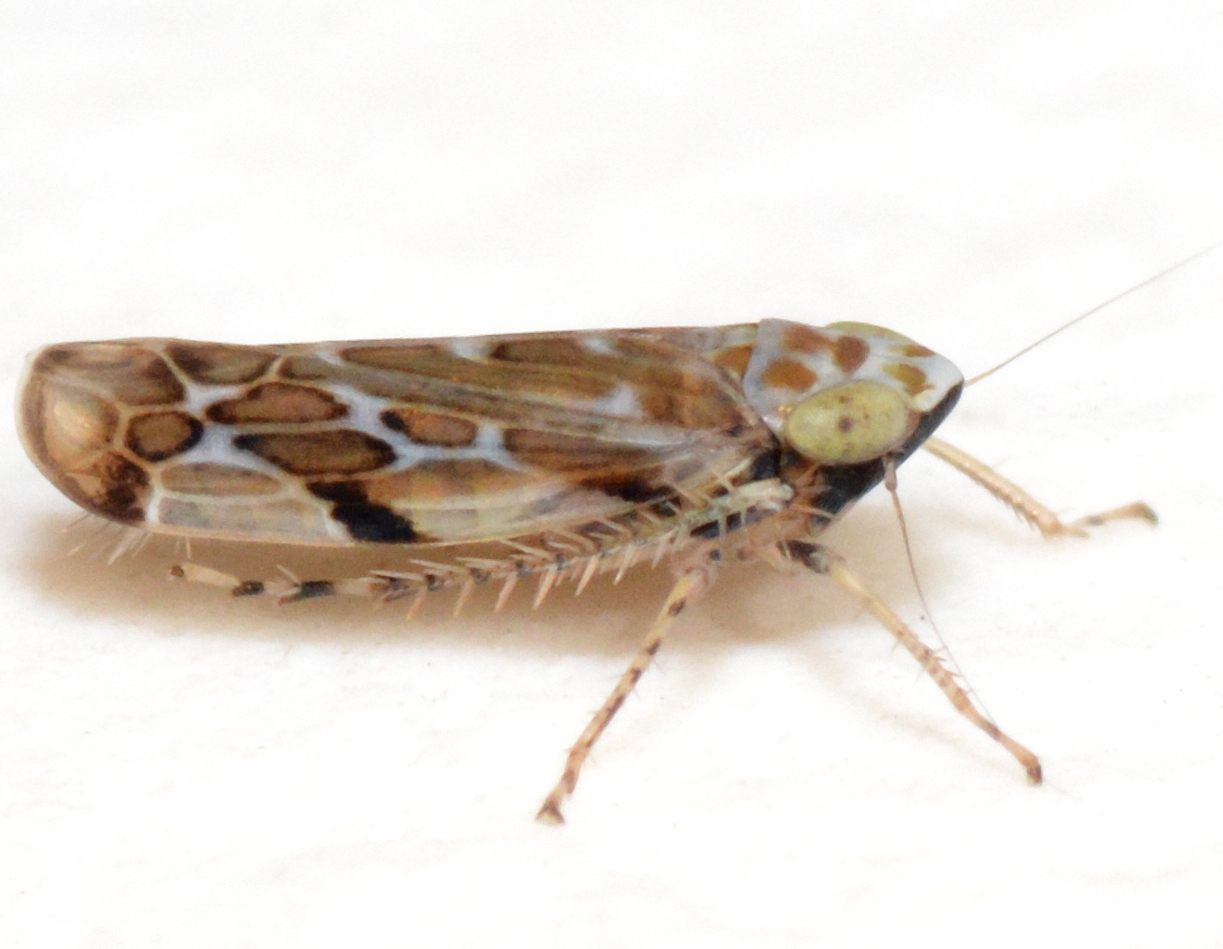

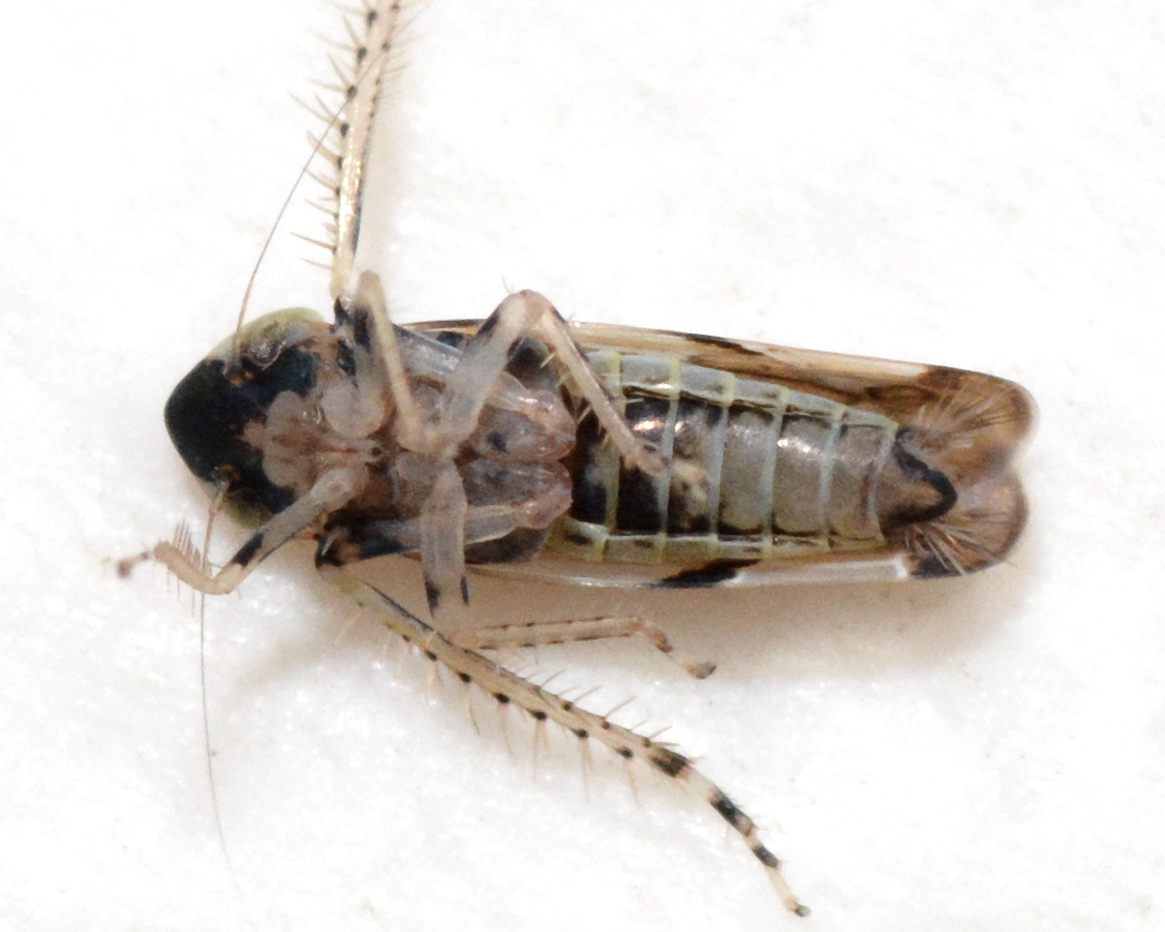

 »
»

